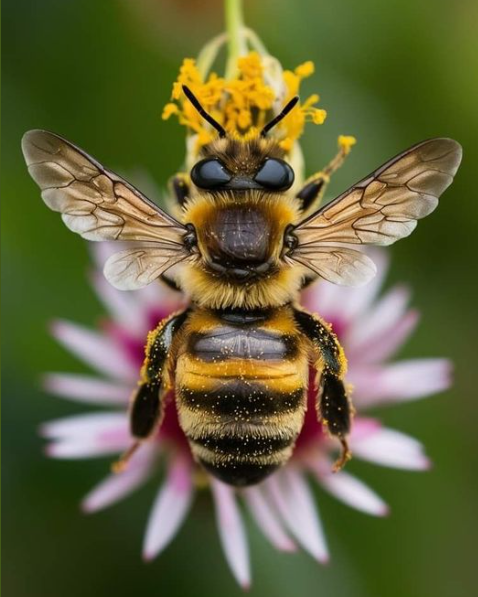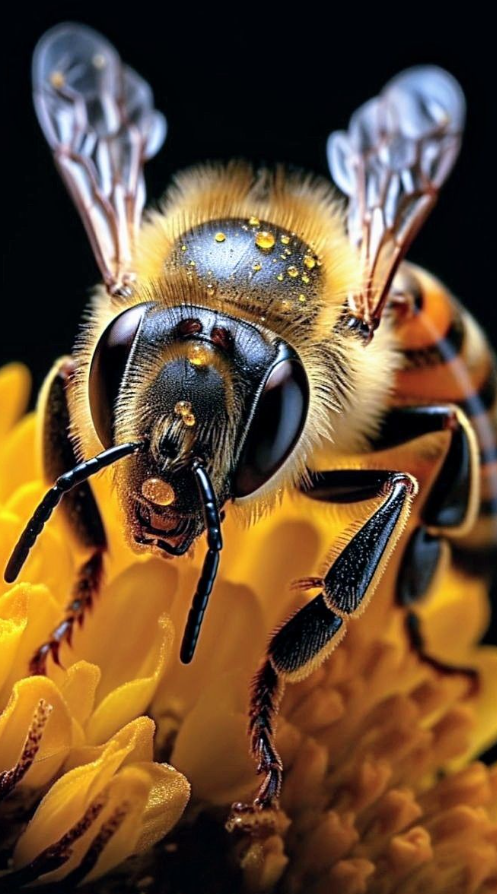Facing the Varroa threat
Lara Leahy
10 July 2024, 5:01 AM
 Let it bee... (Credit - Queen Bee Beekeeping)
Let it bee... (Credit - Queen Bee Beekeeping)European Bees are facing their toughest challenges over the next few years, and as Lismore is a good latitude for superb bee keeping conditions, there are challenges facing the many apiarists in the area, too.
The varroa mite has slowly made its way north, and the management tactic has changed. Over the next few years, any hive that is not managed is subject to a death sentence.
Speaking with Brian Windows of the Northern Rivers Amateur Beekeeping Association, he explains the changes. “Varroa mites spread up as far as Woolgoolga, and at that stage, the DPI and the beekeeping industry decided to go from trying to eradicate the mites to a mode where they manage the mites.”
Eradication has become too difficult . With the need for bees in various locations for the fertilisation and development of crops like almond and blueberries, they get moved around.
“There's so much money involved that the guys doing the pollination get permission to move them. And that's what spreads the mites, basically.”
The DPI have a tactic to treat hives to slow the spread of the mites.
“In the management mode, they're trying to teach all the beekeepers how to treat mites, and try to minimise the spread.”
There are two scenarios being discussed for Lismore.
“Now, basically, there are no mites in our area around Lismore.

(Credit - Queen Bee Beekeeping)
“The mites hitchhike a ride on a bee, and the bee goes into a different hive, because bees quite often do that. If they spread like that, they'd probably take three or four years to get up here.
“But most of us in the beekeeping industry think that somebody will move a load of bees up from down south to pollinate either macadamias or blueberries in particular, and we think we expect to get mites here this summer.”
That seems fast.
“The DPI is doing a fantastic job in educating people how to manage the mites with workshops. If you don't treat the mites, your hive will die out. So you have to learn how to treat the mites.
“We fully expect when the mites establish up here, that all the feral hives will disappear.
“Anyone who is not managing their hives, their hives will collapse. It'll take a year or so, but their hives will collapse. This is what's been found overseas.”
“It's very hard to predict what's going to happen in the initial stages, but they expect over a couple of years, it'll settle down, and people who are managing their hives, carefully, will survive.”
Varroa mites live off bee larvae. In cold climates that have distinct seasons, the queen stops producing young at certain times of the year, which stops exponential growth.
Australian Eucalypts flower all the year around, so there is no broodless time period to control numbers.
“Hives will need to be treated four times in a season. You won't be able to get away with one treatment. Four times to avoid resistance,, and you've got to use different chemicals on the different treatments.
“One of the difficulties in the community, a lot of people are not registered with the DPI, so they don't get any information on treatments.”
These changes will potentially bring about vast alterations in the industry.
“Many people are preparing, to cease beekeeping, because it's difficult to keep up with. It's going to be expensive. Everyone thinks that the price of honey is going to go up.”

(Credit - Queen Bee Beekeeping)
Brian gives an example of how this will affect macadamia’s in the region.
“With macadamias, it’s generally accepted that around 30% of the crop requires pollination. So in principle, the macadamia people will lose that percentage of their crop if there are no European bee pollinators.”
The mites mainly affect European Bees because of the length of the pupa stage. Mites need 20 to 21 days to feed from the pupa - a symbiotic relationship. However Australian Native Bees and Asian Bees have shorter pupa stages so the varroa avoid them.
The reason why European Bees will be sorely missed is because of their willingness to travel over distance. 2 or 3 km over a Native Bees half a kilometre. A lot less European Bee hives are needed to pollinate a larger area.
Beekeeping looks to be dying out, “If you go to a beekeeping meeting, you'll find there’s a lot of older people, and a lot of them are getting out. Basically, the price to get into beekeeping has gone down.”
If you are or are considering becoming a beekeeper, make sure you register with the DPI to keep up with the latest information to combat the mites.
And for everyone else, if you want to bee friendly, plant some flowers or mow around a clover patch in your garden this spring. And enjoy their presence, we may bee seeing a lot less of our fuzzy little pollen laden, garden helpers in the near future.

(Credit - Queen Bee Beekeeping)
Apiarists can bee registered here.
Technically today is Don't step on a bee day. So try not to, at least.

